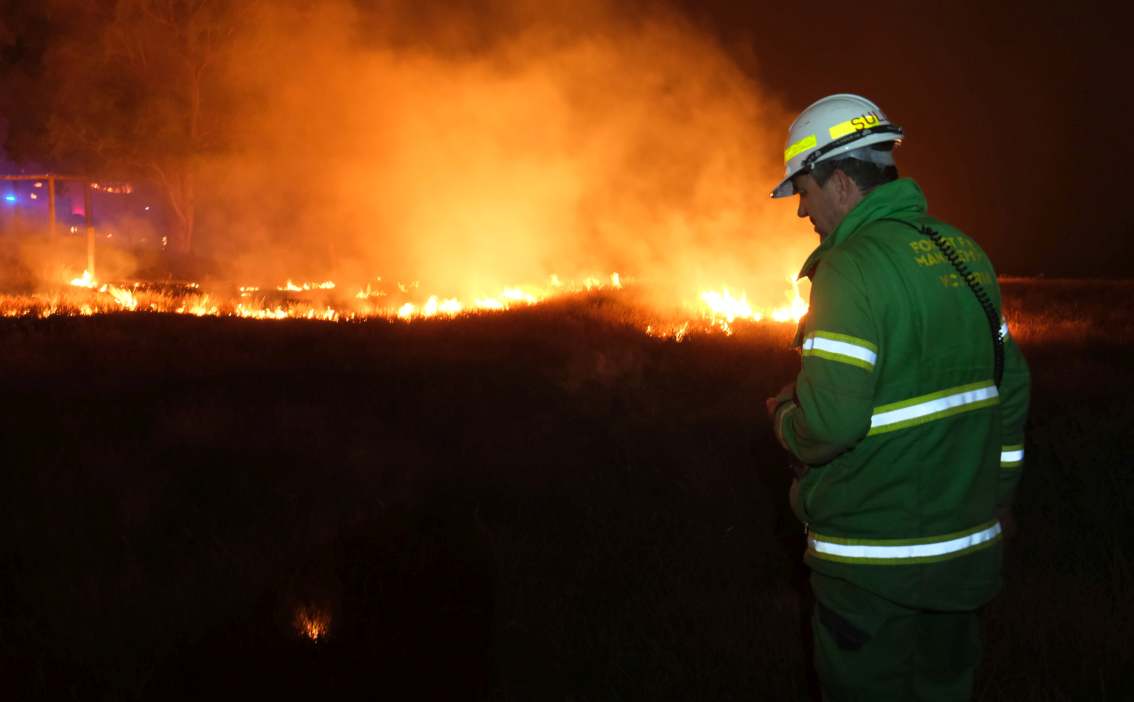
Victoria is one of the most bushfire prone regions in the world and bushfires have always been part of the Victorian landscape however climate change is making bushfires worse, longer and harder to control.
But how exactly?
Here are some of main ways that climate change affects bushfire risk:
- Climate change is causing more frequent and intense weather conditions which increase the chance of lightning strikes that can spark fires
- Victoria is experiencing more extreme high temperature days and longer, hotter heatwaves creating the perfect environment for a fire to start and spread
- We have less spring rain and more droughts causing our forests and grasslands to dry out and act as kindling for a bushfire and increase the chance of plant species burning at the wrong time of year
- Ideal weather conditions for planned burning are becoming harder to predict, making it more difficult to safely burn off forest fuels like dry leaves, wood and soil that become bushfire fuel
- Extreme weather events caused by climate change also help to create ‘mega fires’ like those seen in 2019-20 Victorian Bushfire season – they create their own weather patterns within the fire and are extremely hard to control and extinguish as they continue to build and grow.
While the impacts of climate change are challenging, FFMVic has a strong approach to managing the bushfire risks it presents.
Page last updated: 09/10/21